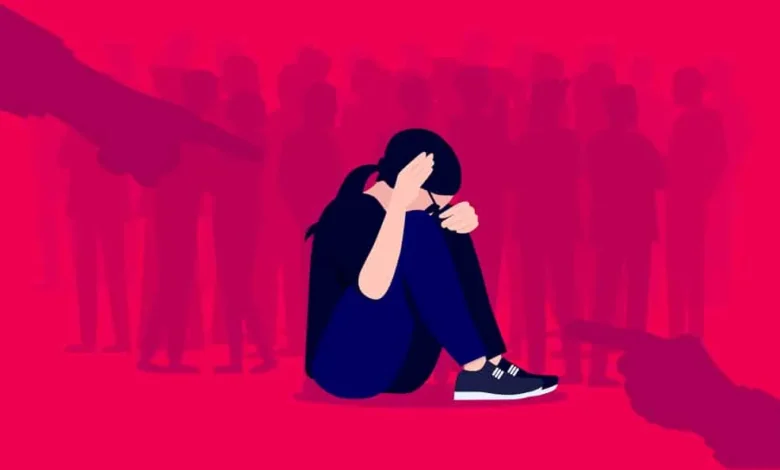Understanding the Difference Between Shyness and Social Anxiety

Shyness and social anxiety are often confused due to overlapping behaviors, such as hesitation in social settings. While both involve discomfort in social interactions, they are distinct concepts. Understanding the differences and treatment options helps individuals find management strategies for better social interactions. Here is more information on social anxiety disorder, shyness, the key differences between the two, and how anxiety is treated:
What Is Social Anxiety Disorder?
Social anxiety disorder, also referred to as social phobia, is a condition where individuals experience intense fear in social or performance situations. This fear typically arises from worry about being judged, embarrassed, or rejected. The condition can significantly impact daily life. Social anxiety may cause individuals to avoid specific activities, such as speaking in public or attending social gatherings.
What Are the Symptoms?
Social anxiety symptoms vary in severity but generally fall into emotional, behavioral, and physical categories. Emotionally, it may involve excessive fear of situations where one might be observed. Behaviorally, avoidance of events or interactions is common. Physically, symptoms may include sweating, a rapid heartbeat, trembling, or nausea.
These symptoms may persist for six months or more, interfering with work, school, or personal relationships. They typically exceed what might be evaluated as normal nervousness or shyness. Consulting a specialist helps with diagnosis and treatment.
What Is Shyness?
Shyness is a personality trait characterized by discomfort or awkwardness in social situations. Many individuals experience shyness temporarily, such as when meeting new people or trying unfamiliar activities. Unlike social anxiety, shyness does not typically disrupt daily life or hinder participation in necessary activities.
Shy individuals may feel self-conscious or reserved. This usually doesn’t hinder them from adapting to social settings over time. While shyness and social anxiety share certain characteristics, their impact and underlying mechanisms differ.
What Is the Difference Between the Two?
The distinction between shyness and social anxiety lies in the intensity and scope of symptoms. Shyness is generally mild and temporary, whereas social anxiety disorder involves deeper fear, avoidance, and physical reactions that affect overall functioning. Social anxiety tends to involve a persistent pattern that impacts personal and professional life, while shyness is less intrusive and transient. Treatment is usually not required for shyness, but social anxiety may benefit from therapeutic interventions.
How Is Anxiety Treated?
Social anxiety disorder is often addressed through therapy, medication, or a combination of both. Cognitive-behavioral therapy (CBT) is a widely used approach that helps individuals identify and change negative thought patterns. It may also involve gradual exposure to feared situations to reduce avoidance behaviors.
Medications such as selective serotonin reuptake inhibitors (SSRIs) can be prescribed to alleviate symptoms. Participation in clinical research studies may offer additional treatment avenues. These studies explore new approaches and provide access to evolving care methods under professional supervision.
Learn More Today
Understanding the difference between shyness and social anxiety can help individuals recognize when additional support might be beneficial. While shyness is a normal variation in personality, anxiety disorders may require dedicated treatment to improve well-being. Explore reliable resources or consult a mental health professional to learn more about available options and effective care paths.





